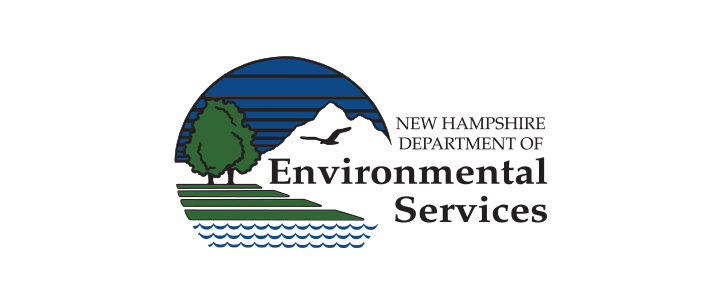
A good summer for air quality
During the summer of 2022, there were three occasions when ground-level ozone was measured at levels that exceed the regulatory 8-hour ozone standard. This is relatively low compared to the usual four or five occasions per summer. Ozone, the principal ingredient of smog, is typically a summertime air pollutant that forms when precursor pollutants such as nitrogen oxides and volatile organic compounds mix in the presence of strong sunlight and warm weather. Once formed at ground level, ozone can aggravate respiratory conditions such as allergies, asthma, and emphysema. At higher levels, it can have pronounced effects on all those exposed, even healthy individuals. When ozone levels in New Hampshire are expected to exceed the levels of the standard, the NHDES Air Resources Division issues an Air Quality Action Day (AQAD).
This past summer, the three ozone exceedances occurred during two days in July. All three exceedances occurred at Seacoast locations where exceedances typically occur. The first two ozone exceedances occurred on July 1 at the Seacoast Science Center in Rye and at the monitoring station on Pierce Island in Portsmouth. The Seacoast Science Center in Rye was also the location of the third exceedance on July 20.
Air quality in New Hampshire has improved drastically since the 1980s and even since the early 2000s. During the late 1990s and up through 2010, there were many years with eight or more days exceeding the 8-hour ozone standard. Over the past six years there has been a decrease in exceedance days with five or less days over the standard. Interestingly, there were no exceedances during 2020, due in part to the COVID-19 pandemic as people worked remotely, isolated and quarantined. Despite the significant decreases in the number of days when ozone levels exceed the standard, New Hampshire is not immune to ozone and its precursor pollutants being transported into the state from upwind areas. Winds from the southwest can transport ozone and its precursor pollutants into New Hampshire from the “urban corridor,” which runs along the northeastern seaboard from Washington, D.C., through Philadelphia and New York City, and over Boston. Winds from the west can transport ozone and its precursors into New Hampshire from the industrialized Ohio River Valley.




